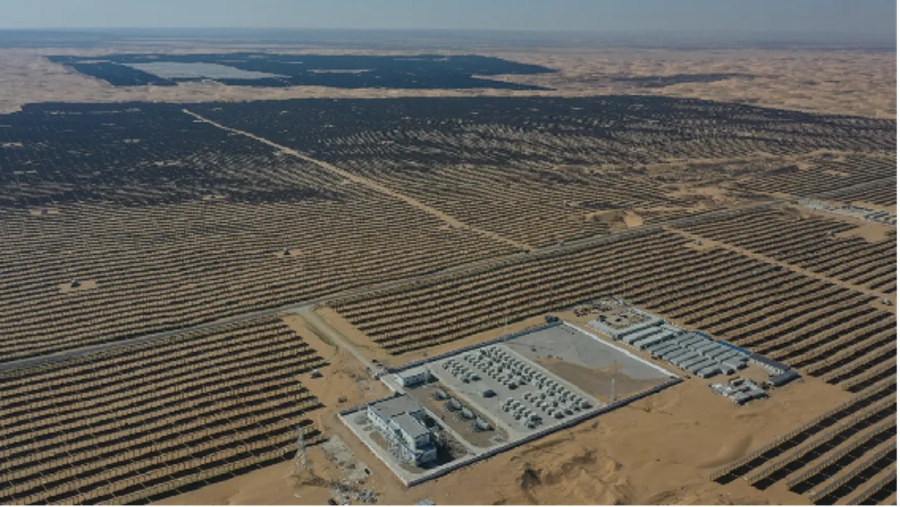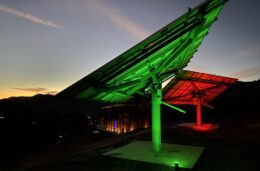Lithium-ion battery market to top $400bn in 2035

UK-based research company IDTechEx has published a ten-year outlook for the global lithium-ion battery industry which predicts the market could be worth more than $400 billion by 2035.
The report points to continuing strong demand for the stationary energy storage needed to incorporate intermittently-generated renewable energy into grids and for EVs, backed by policies such as the European Union’s emissions standards and the United States’ Inflation Reduction Act.
Global demand will also be bolstered by technological developments in areas such as solid-state devices, silicon anodes, optimized cell design, and better battery management systems, according to IDTechEx Research Director Alex Holland. He predicted leaps in technology through 2035 will make batteries safer, more energy dense, faster charging, and longer lasting, even if it will be hard to reduce prices any further than those seen in the current oversupply market.
The fluctuations in battery prices in recent years, principally caused by the availability of raw materials lithium, nickel, and cobalt, will make life tough for new entrants into the battery manufacturing market, particularly outside China and other parts of Asia, where the established players are dominant.
Strong battery-driven demand for lithium, and supply chain shortages of nickel and cobalt, meant those materials could contribute up to $60/kWh of the cost of an “NMC 811” battery in 2022, said Holland, referring to devices with cathodes comprised of 80% nickel, 10% manganese, and 10% cobalt.
That rise in the price of cathode active materials for lithium ferro-phosphate (LFP) batteries – previously an attractive option because of their affordability – meant manufacturers in China ramped up their production capacity to meet domestic demand and caused overcapacity in 2023 and 2024. With lithium, nickel, and cobalt contributing around $20/kWh to price of NMC 811 devices in 2024, the price of LFP cathode materials has fallen as low as $5/kg in 2024, according to Holland, writing in a post on the IDTechEx website.
Battery manufacturers unable to compete with the economies of scale, cheap labor, and favorable supply chains present in China and elsewhere in Asia will find it tough to secure sufficient margin in the current oversupply market, said IDTechEx’s Holland, as witnessed by the recent struggles of Swedish company Northvolt and by the European Union’s decision to impose tariffs on Chinese EVs which are cheap in part because of the price of battery materials.













